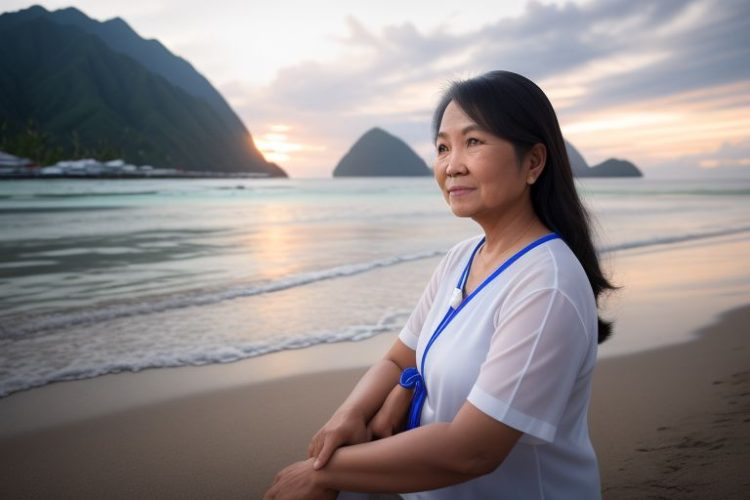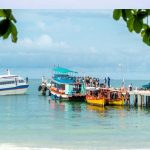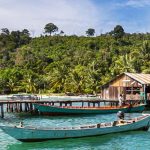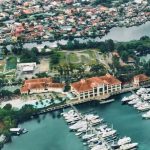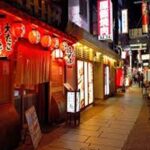The Philippines belongs to the list of perfect retirement destinations for most retirees. With its beautiful beaches, friendly people, and relatively cheap cost of living, it’s definitely one of the places to consider for retirement. Here’s a comprehensive guide to help you plan your retirement in this welcoming Southeastern Asian country.
1. Why Retire in the Philippines?
Low Cost of Living: The Philippines presents one of the most inexpensive locations in the world, especially compared to most Western countries. It offers low-cost housing, inexpensive food, and similarly inexpensive services.
Warm Climate: Enjoy the tropical climate with warm temperatures and plentiful sunshine throughout the year.
Friendly Locals: Filipinos are very hospitable and friendly; it won’t be hard for retirees to feel at home.
Natural Beauty: From magnificent beaches and crystal-clear waters to a backdrop of lush mountains and vibrant cities, the Philippines offers varied and beautiful landscapes.
2. Popular Retirement Destinations
Cebu City: Large city with modern facilities, a dynamic expat community, and access to some of the country’s best beaches and outlying islands.
Davao City: The cleanliness and safety of Davao, with very low crime rates compared to other large cities in the Philippines, make it an excellent choice for a relaxed lifestyle with easy access to urban conveniences.
Baguio City: Having been located in the mountains, it provides a much cooler climate and, in particular, very charming atmosphere among retirees looking for a more temperate environment.
Dumaguete City: Dubbed the “City of Gentle People,” Dumaguete offers a relaxed lifestyle with friendly company from the expat community, as well as access to diving and snorkeling spots.
3. Cost of Living
Housing: Rentals in the Philippines are very cheap by Western standards, with options ranging from inexpensive apartments to more luxurious abodes found in gated communities.
Food: Food is very cheap. Local markets and street food offer inexpensive ways to eat out. Eating out is very cheap, and grocery items are very affordable.
Utilities and Transport: Utilities are relatively inexpensive, and transport, like jeepneys, tricycles, and taxis, is dirt cheap.
4. Visa and Residency
Retirement Visa: An SRRV, or Special Resident Retiree’s Visa, is available in the Philippines for retiring foreign nationals. This type of visa is issued after fulfilling the set financial requirements and health standards and has provisions for long-term residency.
Other Visas: There are still other visa types to serve other purposes, such as tourist and long-stay permits. Seek the advice of an immigration expert to help in getting the best option for you.
5. Healthcare
Care Homes: There are public and private facilities in the Philippines. Private hospitals have good facilities whereas public ones are cheap.
Insurance: You should have insurance so that you don’t get caught off guard if some medical needs suddenly arise. However, many foreigners choose international health insurance plans as this best covers their needs.
6. Culture and Lifestyle
Language: English is very well spoken in the country and it’s used in government and business. You might want to study some Filipino or local dialects to intermingle and better suit your life there.
Social Life: Get ready to engage in the local and expat communities through clubs, social events, and activities. There will be no shortage of keeping up with the cultural and recreational activities that the Philippines has in store.
Travel: Having an extensive archipelago, the country offers endless opportunities to travel and explore new pristine beaches, historical places, and a lot more.
7. Practical Tips
Banking: Opening a local bank account will make life easy. Efficient banking and easily accessible ATMs are available.
Safety: By and large, the Philippines is a safe country; however, as elsewhere, visitors should be aware of local conditions and take normal precautions for their personal safety.
Climate: Expect a tropical climate with high humidity and warm temperatures. Wear light, loose clothing, and drink plenty of water to stay hydrated.
Conclusion
The Philippines offers attractive combinations of affordability, beauty, and friendliness in terms of environments for retirement. It is only by careful planning and a sense of respect for the local culture and regulations that one can have a good lifestyle during retirement in this lovely Southeastern Asian country.
Related posts:

Ray Brocklesby, the site owner, is a Brit who now lives in the Philippines. He is retired and lives with his wife Weng, Daughter Kristelle, nephews, Harvey and Boknoy, and mother-in-law. Ray also has a son and daughter living in the UK, and a son in New Zealand.

